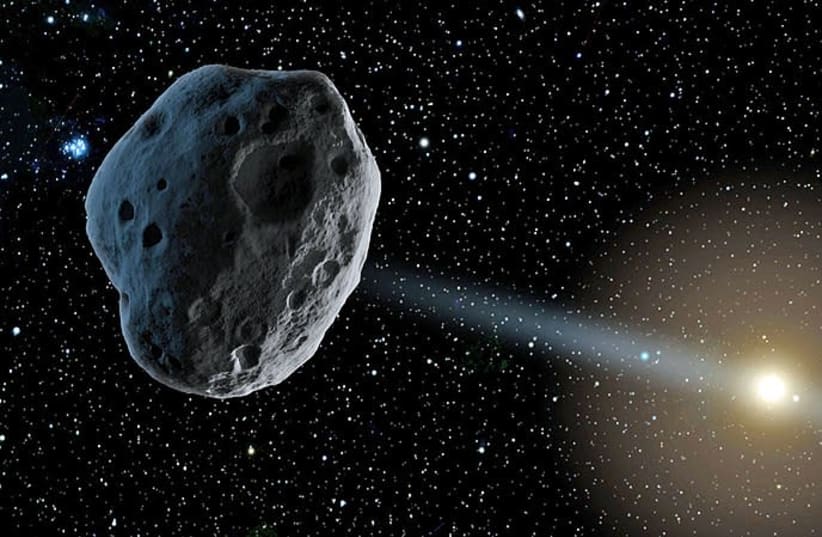Dubbed 2008 GO20, the asteroid's size has yet to be conclusively determined, but estimates place it between 97 to 220 meters, or 318 to 720 feet. For context, the Great Pyramid of Giza in Egypt, considered a monumental feat of architecture, has a height of 138 meters, or 450 feet. It could also be exponentially larger than the iconic Taj Mahal in India, which as a height of 73 meters, or 240 feet.
Due to flying so close to the Earth (about 2.8 million miles, or 4.5 million kilometers), the asteroid is considered potentially hazardous. However, this is not a significant risk, with the distance actually being almost 20 times the distance between Earth and the moon.
In reality, the Earth is considered completely safe of any danger from asteroids for the next century, according to NASA. In fact, asteroids frequently fly somewhat near the planet. On July 31, another asteroid, dubbed 2019 YM6, will also approach the planet – this one being even larger than 2008 GO20, though will be even farther away.However, there is still the potential for danger, as gravitational tugs have the potential for changing an object's path.
And with such a large size and flying at a speed of around 18,000 miles per hour, or 29,000 kilometers per hour, the asteroid could certainly do some damage if it impacted the planet.
The danger of an asteroid impact remains among the worst possible natural disasters that could happen to the planet, as mankind does not have much in the way of combating them.
One method put forth by NASA and the Applied Physics Lab at John Hopkins University is the Double Asteroid Redirection Test (DART) Mission, which would see a spacecraft essentially "punch" an asteroid in order to deflect it, adjusting the trajectory ever so slightly in order to shift its course.
This project is set to be tested soon, on an asteroid far away from the planet. However, a more immediate possible solution was proposed by Airbus, which would see TV satellites essentially hijacked and repurposed in order to deflect an asteroid – and this solution could only take a few months to get ready and launch.
Regardless, NASA and other organizations keep a watchful eye on the sky for any asteroids nearing the planet, including the use of special "asteroid hunter" telescopes.
